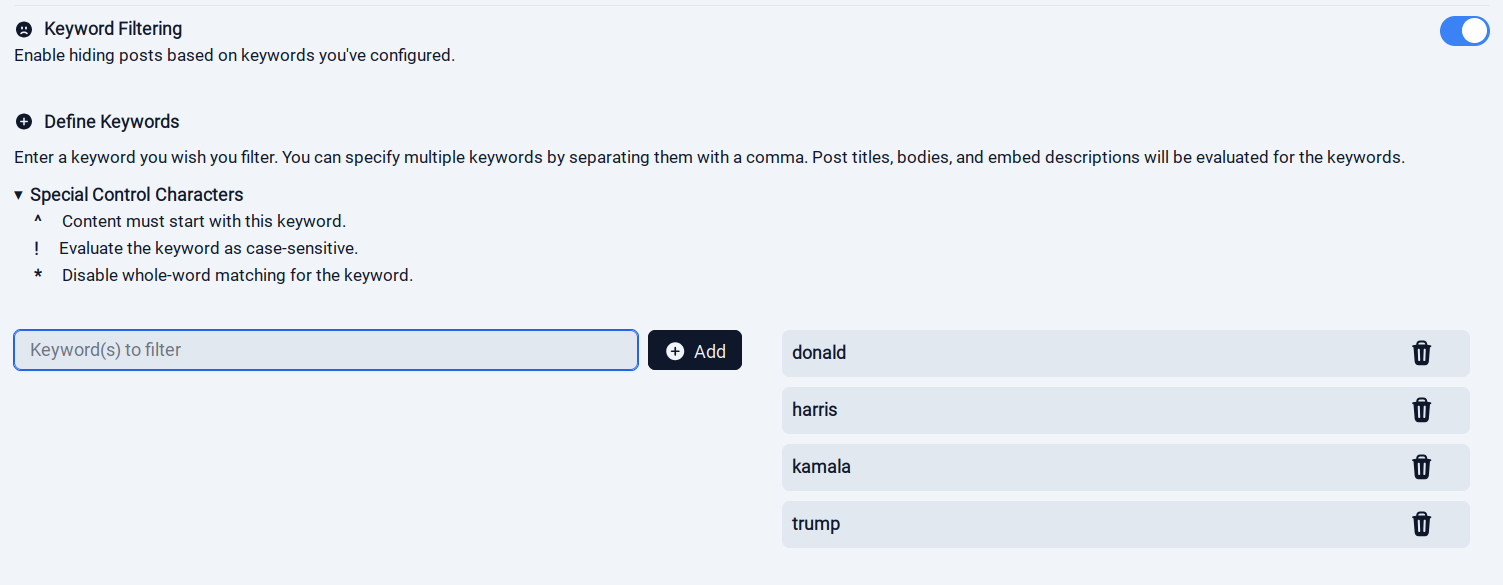

I don’t have kids but I’m happily living in a poly marriage and can probably answer some questions.
It’s a real thing and believe it or not, for some people it just works. Some people just aren’t jealous in nature and don’t really care about exclusivity.
The only thing of immediate concern I’d look for is making sure they’re using protection or getting tested, because the web of people that slept with eachother increases exponentially with the number of partners.
The next one on the list is making sure it’s ethical (lookup terms: “ethical non-monogamy” or ENM for short). Some do take it as a free pass for cheating. Some get coerced into it because the man wants all the girls for himself. Another toxic trait to watch out for is the “one penis policy” that’s very unfair for a lot of reasons I won’t go into. She needs to willingly be into this and consenting with the whole situation in a way that is fair for her, ie. she should be allowed to get a second boyfriend too if she wanted to. Polyamory is not polygamy: all are equal, it’s not for the benefit of the man. All 3 of them showing up at dinner and happy is a good sign though.
Other than that, it’s all good and nothing to worry about. It’s different, but the only thing wrong with it is the stigma really. It can be perfectly healthy and happy, and honestly when done right it can be less dramatic too. There’s some weird heartbreaks that can come with it, but she’ll live through it and make up her own mind about it just like any normal teenage relationship. The worst that can happen is she gets jealous and get a more traditional relationship. In the meantime I’d be supportive and ask good faith questions about it.
Also there’s a decent possibility she’s bisexual, just sayin’.
Let me know if you have any other questions!







Sounds like a cute happy and healthy polycule to me!